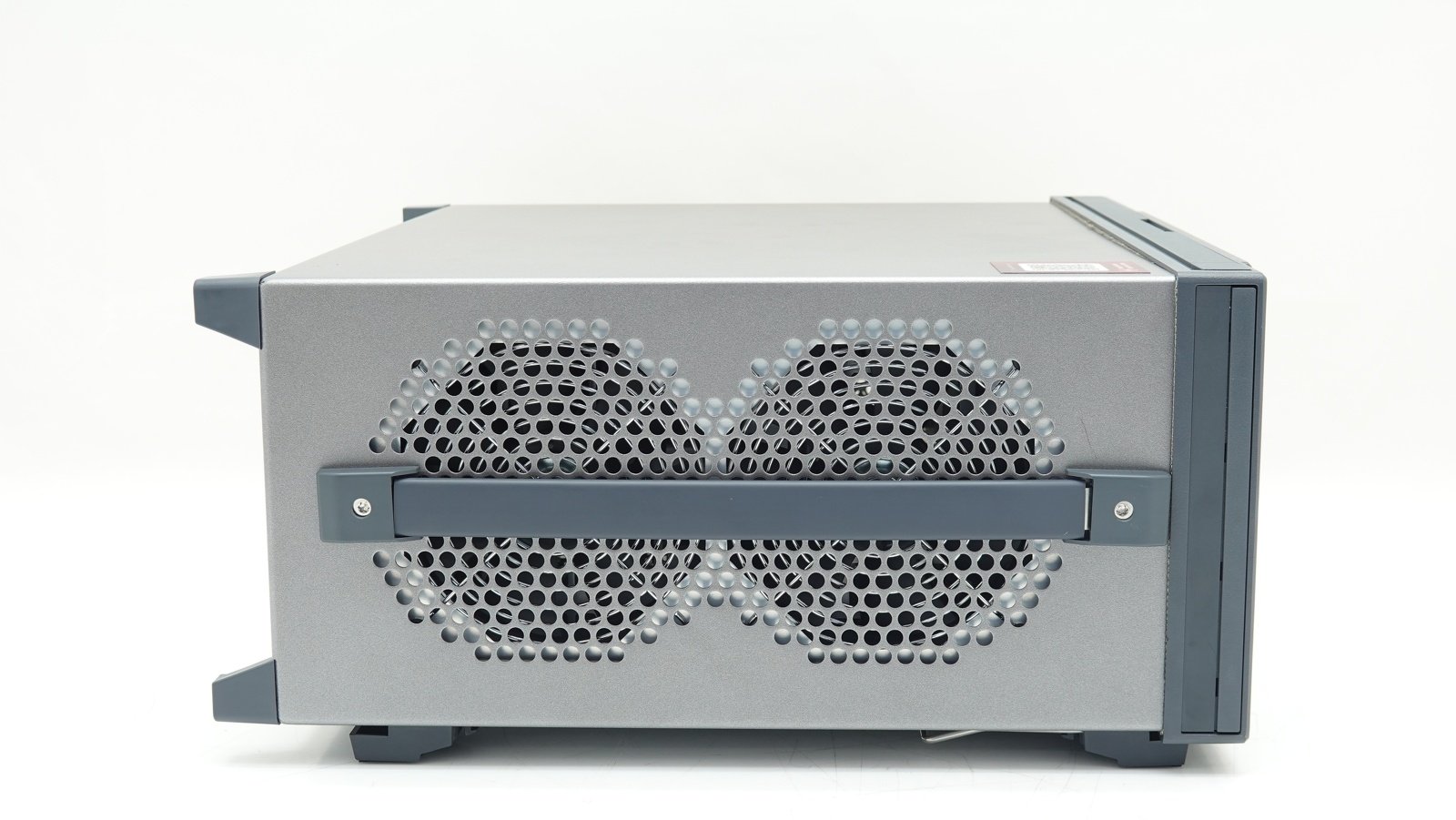Keysight N9000B-507
9 kHz to 7.5 GHz
List Price USD 32,210.00 Save 55% USD 14,494.50 Excl. taxes.
Cannot ship to:
European Union
Switzerland
Norway
Turkey
Unit only ships within China.
Unit ships worldwide.

Keysight Used
Keysight N9000B-507
From
USD 14,494.50 Save 55%
| 507 | FREQUENCY RANGE, 9 KHZ TO 7.5 GHZ | Installed |
| EP4 | ENHANCED PHASE NOISE PERFORMANCE, CXA | Installed |
| MTU | Installed | |
| N9060ES1E | Installed | |
| P07 | Preamplifier, 7.5 GHz | Installed |
| PC9 | Installed | |
| SSD | ADDITIONAL REMOVABLE SOLID STATE DRIVE, W7X | Installed |
| W10 | Installed |
Request a customized version of this model by requesting a Custom Quote
Get peace of mind only Keysight can offer. With KeysightCare Assured and manufacturer calibration.
| New Keysight Calibration before shipping* Extends lead time by <4 weeks | USD 2,025.00 |
| KeysightCare Assured - 1 year incl. Keysight Extended Warranty | USD 1,140.00 |
| KeysightCare Assured - 2 years incl. Keysight Extended Warranty | USD 2,280.00 |
| KeysightCare Assured - 3 years incl. Keysight Extended Warranty | USD 3,420.00 |
| KeysightCare Assured - 5 years incl. Keysight Extended Warranty | USD 5,700.00 |
*If the unit is not yet calibrated (see listing), a calibration is required to purchase a KeysightCare plan.
Design, Test, and Educate with an Intuitive and Cost-Effective Signal Analyzer
Engineering is all about connecting ideas and solving problems. The accessible performance of the CXA signal analyzer is today’s leading cost-effective tool for essential signal characterization. Its capabilities provide a solid foundation for testing in general-purpose and educational applications. Find the answer faster; whether you’re looking for quick verification in manufactured devices or demonstrating lab tutorials.
- Add dependable signal analysis to manual and automated manufacturing test systems
- Perform essential measurements such as spur searches and distortion analysis
- Make stimulus-response measurements with the optional built-in tracking generator
- Add crucial functionality with X-Series measurement applications
- Enhance theory with practical skills using a training kit in your RF and microwave education lab
General Purpose Applications
- EMI
- Pulse
- MATLAB
- Noise Figure
- Phase Noise
- Stimulus Response
- 89600 VSA Software
- Analog Demodulation
- Vector Modulation Analysis
Cellular Applications
- NB-IoT
- GSM/EDGE
- LTE/LTE-Advanced
- W-CDMA/HSPA/HSPA+
Accessories only included if shown in the pictures. No power cord included.
Other accessories that are not listed and included in the offer can be purchased separately at an extra cost with your purchase of a Keysight Used or Keysight Premium Used unit. Please specify in the comment field which additional accessories or support you are interested in.
For separate or post-purchase ordering, please contact your local Keysight office or Keysight Partner here. Or check our online store if available for your region here.































